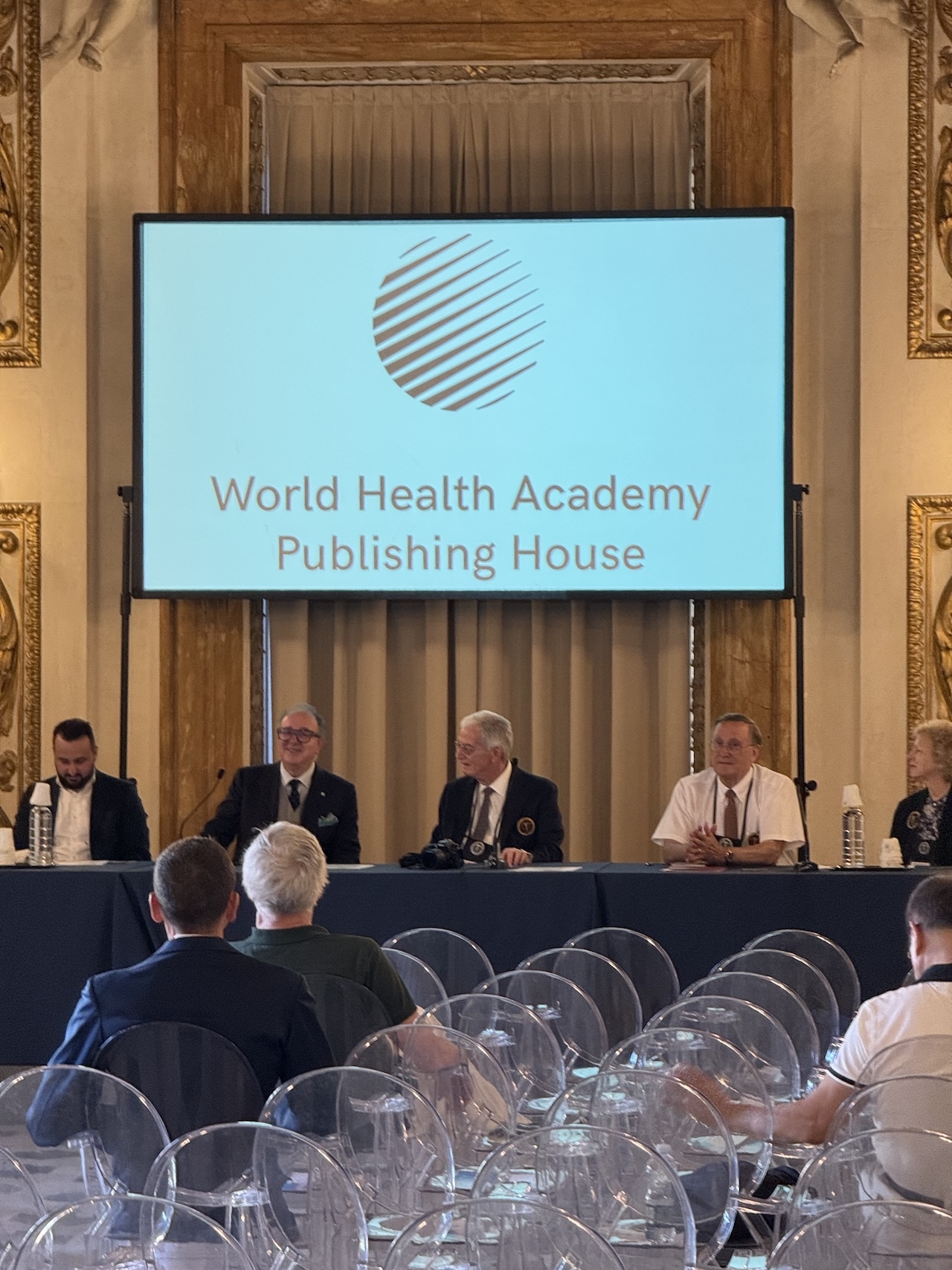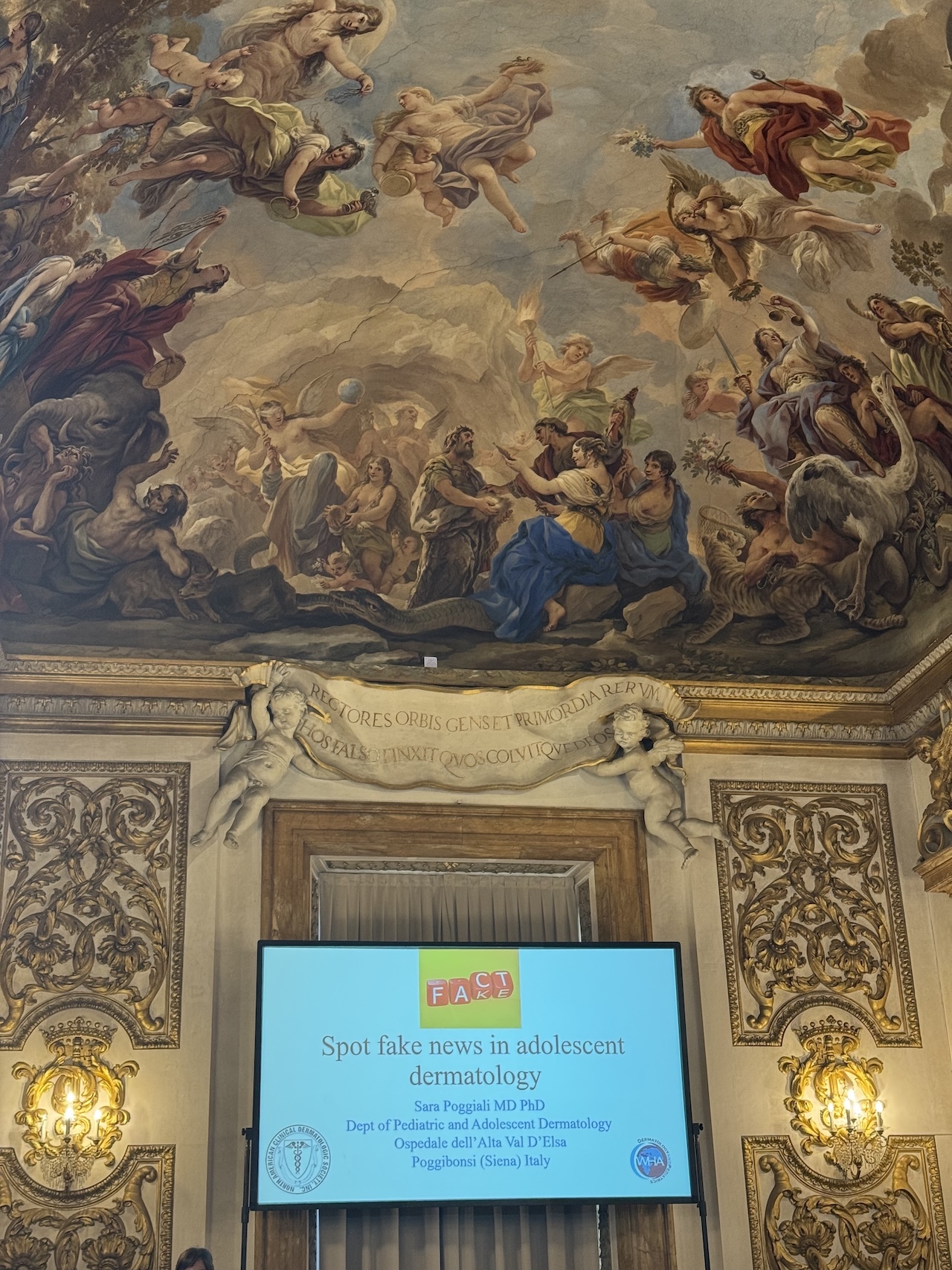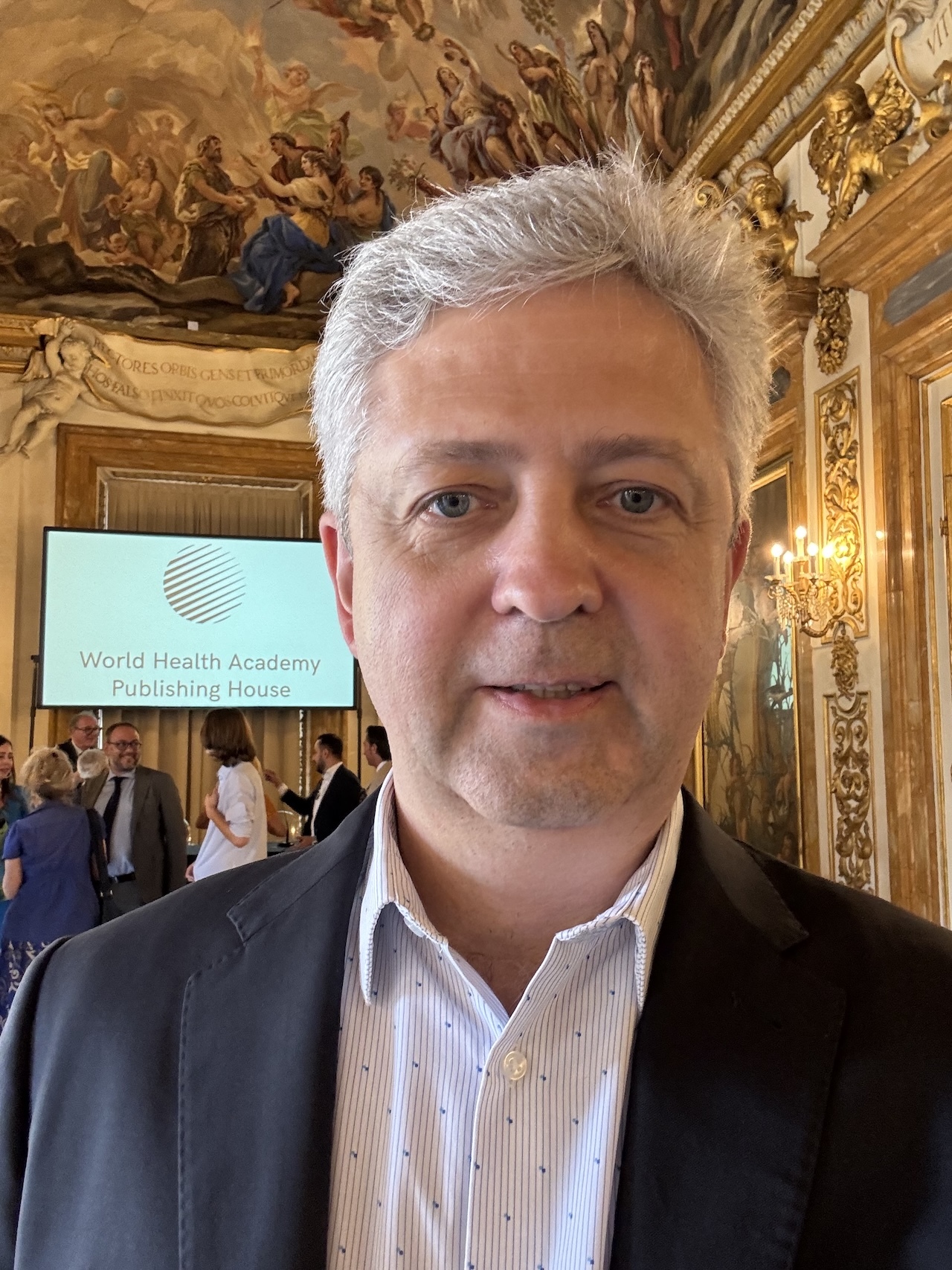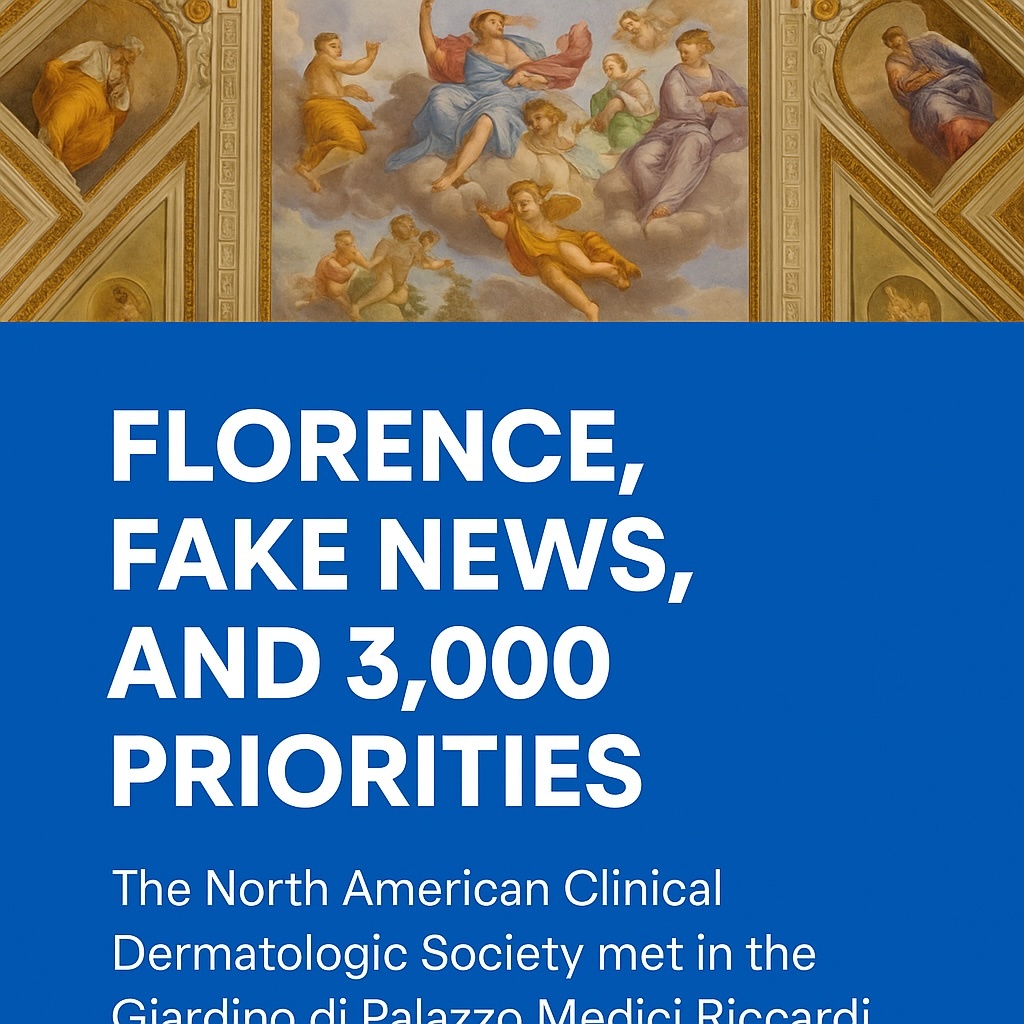New
Florence, Fake News, and 3,000 Priorities
This year’s North American Clinical Dermatologic Society meeting took place in Florence — in the Medici family’s own courtyard, under a ceiling painted with gods, myths, and the four Cardinal Virtues (watching us all like judgmental Renaissance grandmas).
Dr. Sara Poggiali gave one of the standout talks: “Spot Fake News in Adolescent Dermatology.” Her message? Over two-thirds of the health content we see on YouTube or social media is — no polite way to say it — fake. And people don’t just watch it. They follow it. Act on it. Harm themselves because of it. Sometimes badly.
Ironically, back in 2021, the WHO called this an infodemic — a global threat powered not by viruses, but by viral nonsense. Fast-forward to May 2025, and they’ve just declared skin diseases — all 3,000 of them, apparently — a “global health priority.”
Which sounds great, until you realize they’ve also left national governments and health ministries to figure out how, exactly, to prioritize all 3,000. No roadmap. No budget. Just vibes.
Florence gave us the setting. Dr. Poggiali gave us the wake-up call. And at VRF, we’re doubling down on cutting through the noise — with data, with integrity, and yes, with the occasional dry chuckle. Because skin health deserves better than clickbait.
And so do your kids.
Yan Valle
CEO VRF
P.S. See you soon at the World Vitiligo Day summit in Toronto!
Continue reading:
- WHO Declares Skin Diseases a Global Health Priority — What It Means (and Doesn’t) for Vitiligo
- History Of The World Vitiligo Day
- Vitiligo Patient Journey Map






FAQOther Questions
- Can Ayurveda help with vitiligo?
Vitiligo is an autoimmune condition characterized by white patches of skin that can develop and spread unpredictably. While there is no cure, medical treatments and complementar...
- Vitiligo and Pregnancy
Pregnancy with vitiligo? The good news: vitiligo itself doesn’t make pregnancy unsafe. Most women stay stable (some even improve), though flares can pop up after birth — usually...
- How can I cure vitiligo?
Currently, there is no cure for vitiligo. However, many treatments can help manage the condition by restoring skin pigmentation, halting the progression of depigmentation, and i...
Though it is not always easy to treat vitiligo, there is much to be gained by clearly understanding the diagnosis, the future implications, treatment options and their outcomes.
Many people deal with vitiligo while remaining in the public eye, maintaining a positive outlook, and having a successful career.
Copyright (C) Bodolóczki JúliaBy taking a little time to fill in the anonymous questionnaire, you can help researchers better understand and fight vitiligo.
